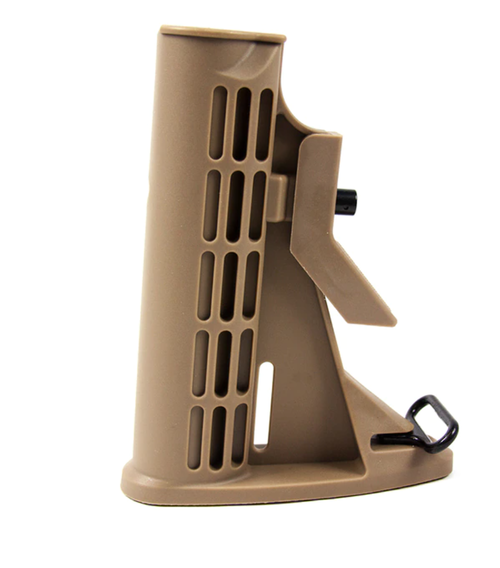An AR-15 pistol is a handgun with a shorter barrel less than 410 mm that you can use with a hand. You can either purchase a mediocre or a high-quality AR 15 pistol or plan to build one from the scratch. However, before assembling parts and building an AR-15, you must get comprehensive knowledge about the various components like the gas system, buffer system, bolt carrier group, barrel, lower receiver, buttstock, and others.
Choosing a premium quality buffer system with suitable weight based on your AR’s gas system and the kind of cartridges you use is of great importance to ensure that you get the best performing AR-15 pistol.
Here is a quick checklist of crucial factors to consider when selecting the suitable buffer for your AR-15 pistol.

#1. Check Out Your AR’s Gas System
Buffers
are available in the market in various sizes. The common buffer sizes
are—Carbine (3 oz.), Heavy (3.8 oz.), H2 (4.6-4.7 oz.), H3 (5.0-5.4 oz.), HSS
(6.5 oz.), and XH (8.5 oz.). Most AR builders use Carbine, Heavy and H2 buffer
based on the gas system and gas port diameter. If you choose a heavier buffer,
it may cause jams, short strokes leading to inconsistent extraction and
ejection. If your AR 15 pistol has a properly sized gas port, a standard
carbine buffer may be the most suitable choice.
#2. Type of Cartridges Used
If you
use .308 inches wide bullet or AR-10 build, with a mid-length gas system and
carbine tube, you should go for a buffer weighing 3.8-5.5 ounces. Selecting
buffer weight of 4.7 oz for an AR-15 pistol with under 16 inches barrel length
is quite common that reduces violent cycling.
#3. Carbine Buffer for Mid-Length Gas System
A carbine
buffer of 3.0 ounces goes well with a pistol with a mid-length gas system. With
a carbine-length gas system, it can also be used, although it may lead to
increased felt recoil.
#4. H-(Heavy) Buffer-3.8 ounces
A heavy buffer
is used as a diagnostic buffer that helps shooters find out the suitable buffer
if they are experiencing problems such as over-greased rifle, excessive felt
recoil, or unlocking of bolts too soon, all due to installing a light buffer.
It goes well with a standard .223 rifle. You can use it in a subsonic blackout
gun that comes with a pistol gas system.
#5. H2 Buffer- 4.7 ounces
When
choosing a buffer for a 16” rifle with a carbine gas system, an H2 buffer is
the most suitable buffer. It works well with a mid-length gas system or a
pistol-length gas system. However, it may fail to work in a subsonic 300
blackout even when equipped with a pistol gas system.
#6. H3 Buffer-5.0 ounces
If you
have a 9-11” AR pistol that runs a conventional .223 cartridge and has a
pistol-length gas system, you should install an H3 buffer. This buffer is a
must-have minimum weight requirement to ensure that your pistol doesn’t feel
greasy and punchy with excess recoil.
Besides these, you can choose an HSS buffer suited for an AR9 pistol that feels over-gassed with an H3 buffer in it. The XH buffer with an 8.5 ounces weight is suitable for 9mm AR pistols shooting .308 bullet or a +P ammo. It doesn’t work reliably in a 5.56 and .223 gun.

